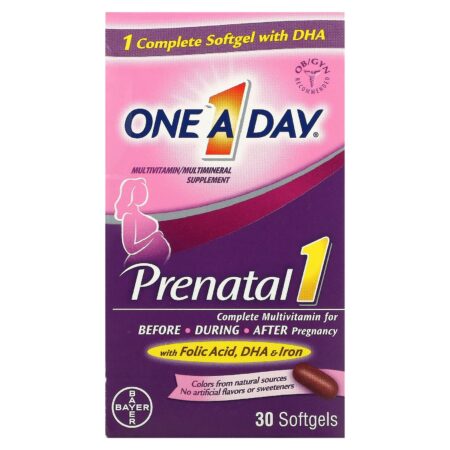According to price quotes by the World Health Company (WHO), in between 6 and 7 million individuals worldwide, primarily in Central and South America, are contaminated with the Trypanosoma cruzi types of trypanosome. This single-celled (protozoan) parasite triggers Chagas illness (American trypanosomiasis), which in the severe stage is unnoticeable: just in every 3rd case does the contaminated individual establish any signs at all, which can then be unspecific, such as fever, hives and inflamed lymph nodes. Nevertheless, the parasites stay in the body, and several years later on persistent Chagas illness can end up being dangerous, with pathological augmentation of the heart and progressive paralysis of the intestinal system.
There is no vaccine versus the pathogen and dealing with the illness in the innovative phase is challenging. That is why the focus in Latin America is rather on managing the bug that transfers Chagas trypanosomes: the predatory blood-sucking bug of the insect subfamily Triatominae It consumes the trypanosomes throughout the sting, which then colonize its intestinal tract. Through its faeces that it primarily transferred beside the bite, the bug excretes the pathogen, which is frequently rubbed into the injury when scratching the very scratchy bite.
Although the variety of brand-new infections has actually dropped in different areas where insecticides are sprayed on a broad scale, issues are emerging: over the last years, resistance to typical insecticides by numerous types of predatory bugs has actually been significantly observed. These insecticides likewise have an unfavorable influence on the environment and the regional population.
Scientists worldwide are making extreme efforts to discover alternative techniques to assist control Trypanosoma cruzi One possibility may be to customize germs in the predatory bug’s intestinal tract in such a method that they remove the Chagas trypanosomes or prevent their advancement.
In partnership with researchers at the Instituto René Rachou in Belo Horizonte, Brazil, parasitologists and infection biologists Fanny Eberhard and Teacher Sven Klimpel from Goethe University, the Senckenberg– Leibniz Organization for Biodiversity and Earth System Research Study (SGN) and the LOEWE Centre for Translational Biodiversity Genomics have actually now examined how Chagas trypanosomes alter the bacterial neighborhood in the predatory bug’s intestinal tract. To do so, they utilized genome analysis, which enabled them to compare the structure of the bacterial neighborhood in the bug’s intestinal tract, the microbiome, prior to and after infection with the pathogen (metagenomic shotgun sequencing).
The outcome: after the infection, the variety of bacterial pressures in the bug’s intestinal tract substantially reduced. Specific pressures, consisting of the possibly pathogenic germs Enterococcus faecalis, benefited from the parasites’ existence. Additionally, the scientists prospered in recognizing 4 bacterial types that most likely handle functions crucial for the bug, such as the synthesis of B vitamins.
Fanny Eberhard discusses: “Vitamin B is among the nutrients that blood-sucking pests do not get through their blood meals. Germs that produce vitamin B are for that reason extremely crucial for the bug, are discovered in virtually all people and remain in the predatory bug’s intestinal tract even throughout generations. For this reason, such germs are possibly ideal receivers for genes that produce protective compounds versus Chagas trypanosomes.”
Teacher Sven Klimpel elaborates: “Eventually, our objective is for the predatory bug to protect itself versus Chagas trypanosomes and, in this method, to avoid infection in people. Nevertheless, prior to we can produce germs with such residential or commercial properties and after that launch predatory bugs including them, we require to comprehend much better how the ecology of the bug’s intestinal tract is structured and how the substantial interactions in between host, pathogen and microbiome function. Our work is providing a necessary contribution to this.”
Story Source:
Products supplied by Goethe University Frankfurt Note: Material might be modified for design and length.






